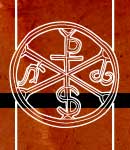
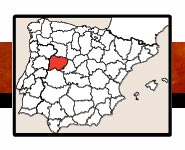

 |
 |
||
 |
|||
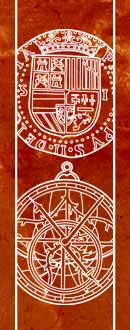 |
(40)/R-TE/SALA-Salama-40.jpg) |
-55/BOOK-cort-40.jpg) |
 |
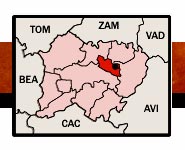 |
||
 |
|||
 |
ACCESO A SALAMANCAACCESOLa capital de Salamanca, es una ciudad mediana, se encuentra a 214 Km. de Madrid, 120 Km. desde Valladolid, 200 Km. desde Cáceres, 160 Km. desde Guarda (Portugal) y 67 Km. desde Zamora. ACCESO PARA MINUSVÁLIDOSLa ciudad de Salamanca es muy accesible para sillas de ruedas, las calles del casco viejo no tienen aceras y el acceso a los numerosos monumentos no es complicado. Pero tienes que tener en cuenta que algunos monumentos tienen una amplia escalinata de acceso (La Clerecia). En la catedral de Salamanca suelen tener colocadas unas rampitas muy cómodas para sillas de ruedas. El acceso a la Casa de las Conchas solo se ve limitado por un escalón. |
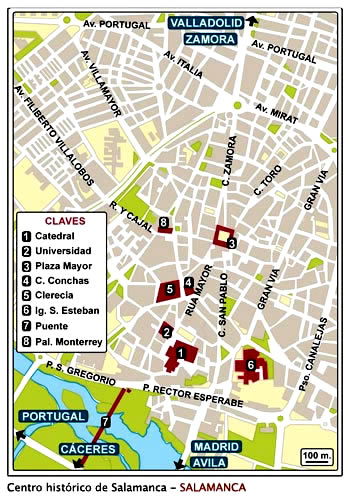 |
ACCESS-SALAMANCALOCATIONSalamanca is 214 Km (132,9 miles) from Madrid, 120 Km (74,5 miles) from Valladolid, 200 Km (124 miles) from Cáceres, 160 Km (99,4 miles) from Guarda (Portugal) and 67 Km (41,6 miles) from Zamora. ACCESS FOR THE HANDICAPPEDThe nice city of Salamanca is very accesible for wheelchairs, the streets of the old town have no sidewalks and access to monumets isn't complicated. But you have to consider that some monuments have a wide staircase of access (La Clerecia). In the cathedral of Salamanca usually have placed a ramp very confortable for wheelchairs. The access to the House of the shells is only limited by a step. |